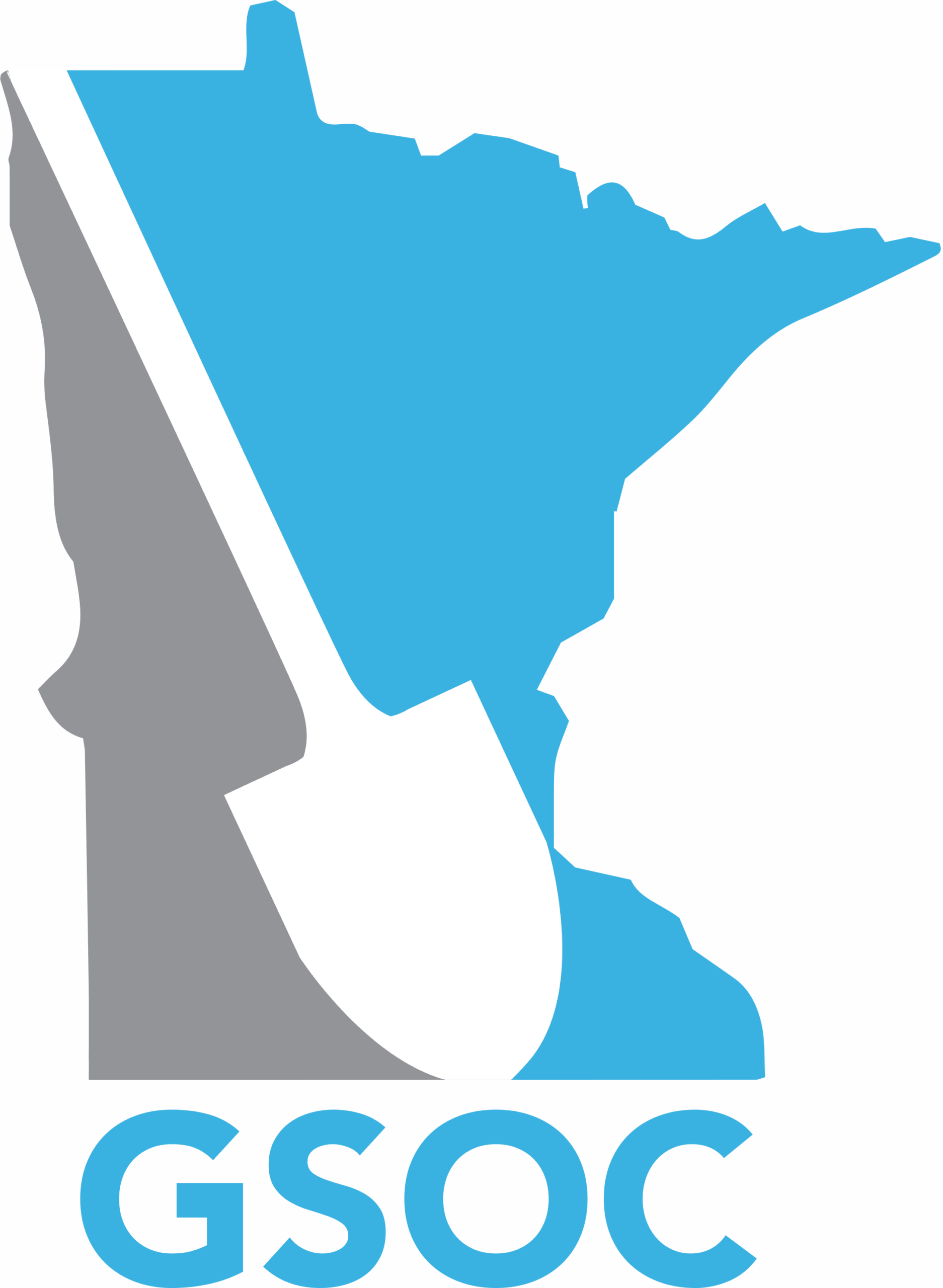
Facility Operators
After receiving a locate ticket, the facility operator must locate underground facilities prior to the legal excavation start date and time on the ticket.
After the ticket is filed, facility operators have 48 hours (excluding day of notification, weekends and holidays) to:
- Physically locate and mark the horizontal location of underground facilities within the excavation site according to American Public Works Association (APWA) color codes; or
- Contact the excavator if the underground facilities at the excavation site cannot be located prior to the legal start date.
Positive Response
Underground facility operators must respond to every ticket they receive from GSOC, even if there are no underground facilities in the excavation area.
Under Minnesota law, a facility operator may:
- Mark the facilities in the field using approved paint or flags;
- Mark the area as all clear; and/or
- Respond via the GSOC positive response system
If the facility operator cannot complete marking of the excavation or boundary survey area before the ticket start time, the operator shall promptly contact the excavator or land surveyor.
Facility Operator Contact Information
Facility operators should maintain current contact information with Gopher State One Call. This information can be changed at any time by submitting the form below.
You can print and fill out a paper form if you would prefer. Forms can be mailed to:
Gopher State One Call
1110 Centre Pointe Curve Suite 100
Mendota Heights, MN 55120.
If you are currently not a registered facility operator with Gopher State One Call and would like information on how to register, please email [email protected] or call 877-848-7472.
Specialty Cases
On-Site Meets
Meet tickets are required for any excavation that is one (1) mile or more in length, or when any combination of adjacent geographic sections meet or exceed one (1) mile.
- Meets must take place within 48 hours of the ticket submission, and excavation can start no earlier than 48 hours after the on-site Meet;
- Facility operators and excavators are required to attend; and
- The agreement between operators and excavators resulting from this Meet, or agreements a Meet is not needed or for additional time, must be documented with GSOC.
Emergency Tickets
Emergency excavation tickets are given top priority and facility operators must contact the excavator within one hour via telephone, and if underground facilities need to be marked, be there within three hours.
If excavation, demolition, or weather conditions change the locate marks and they are believed to be obliterated, obscured, missing or incorrect, the excavator shall notify the facility operator. The GSOC notification center may be re-contacted to have the facility operator verify, refresh, or remark the locate.
Abandoned Facilities
Facility owners are required to maintain maps drawings, diagrams, or other records of an underground facility that is abandoned or out of service. It is the facility owner’s responsibility to give the excavator any known information about the abandoned facility’s location.
My Tickets
Excavators can use My Tickets to organize, manage, and track locate requests. It provides a single repository for all tickets associated with a company’s phone number, making it easy to stay organized, informed, and up to date.
Guidelines for Marking Underground Utilities
Underground facility operators should use the recommended guidelines for uniform temporary markings of underground facilities as approved by the Common Ground Alliance when marking the horizontal route of an underground facility.
The location of an underground facility should be marked in paint to indicate the horizontal location of the underground facility. Facility operators must also provide a combination of flags, stakes, or whiskers to complement paint markings. The name of the facility operator must be provided on each flag, stake, or whisker.
The width of the facility must be indicated if it is greater than eight inches wide.
When known, the total number of lines within the ground should be indicated. The number of lines indicated should be based on the actual number of physical lines. Multiple cables twisted together to form a single facility, as in the case of electric lines, would be considered one cable for a locate purpose. If separated in the soil, they should be considered separate facilities.
If a facility is in a duct bank or a duct structure, a corridor marker may be used. The corridor marker should indicate the approximate width of the facility.
A marking resembling the capital letter “H” lying on its side will indicate the corridor marker. Other times the word “Duct” or “Conduit” is used.
When there is a strong likelihood that the marks may be destroyed, the contractor may want to request offset markings. Offsets are indicated on a permanent surface or stakes and are placed parallel to the facility. The offset should indicate the distance from the offset to the facility and should identify the facility owner and if necessary, the size of the facility.

